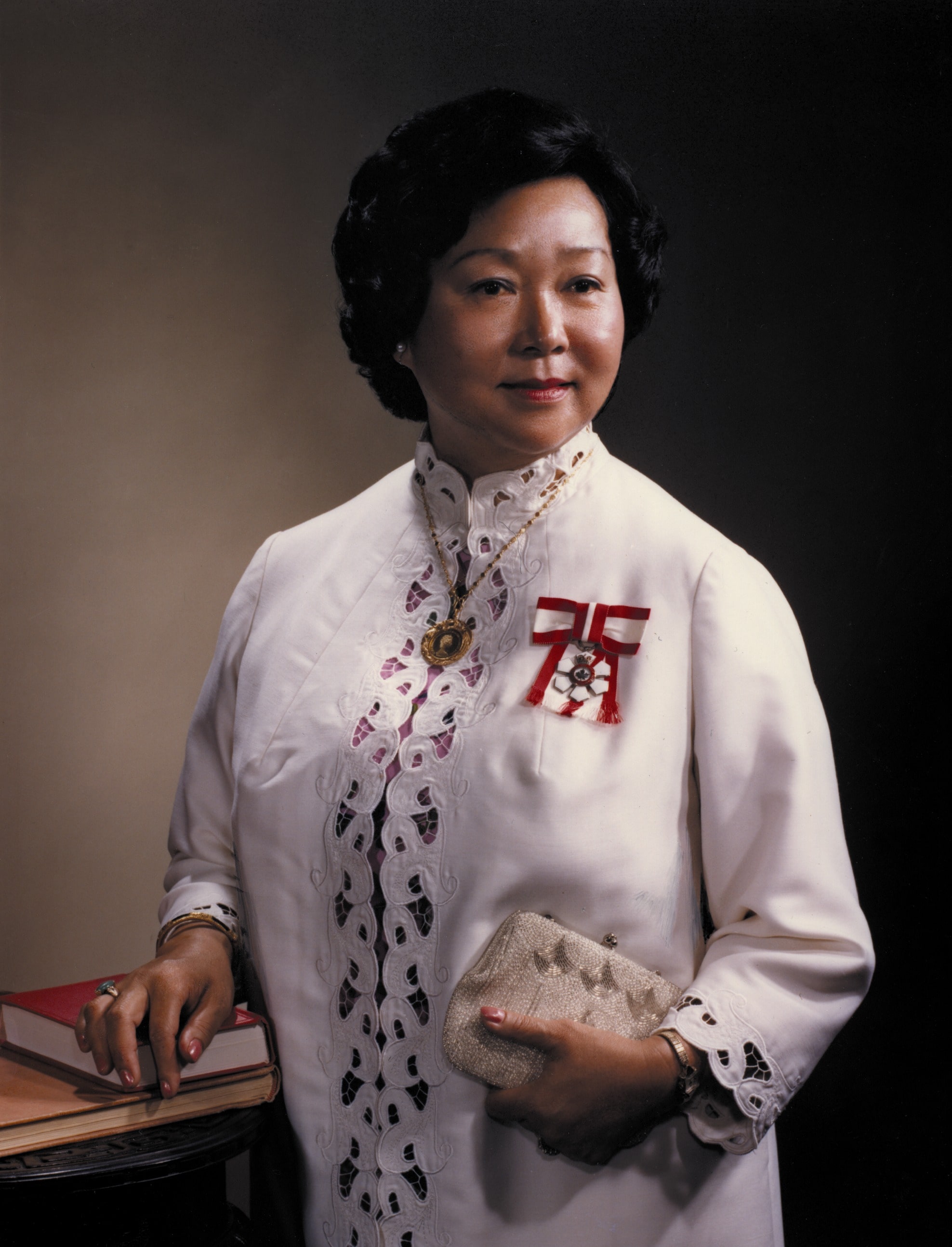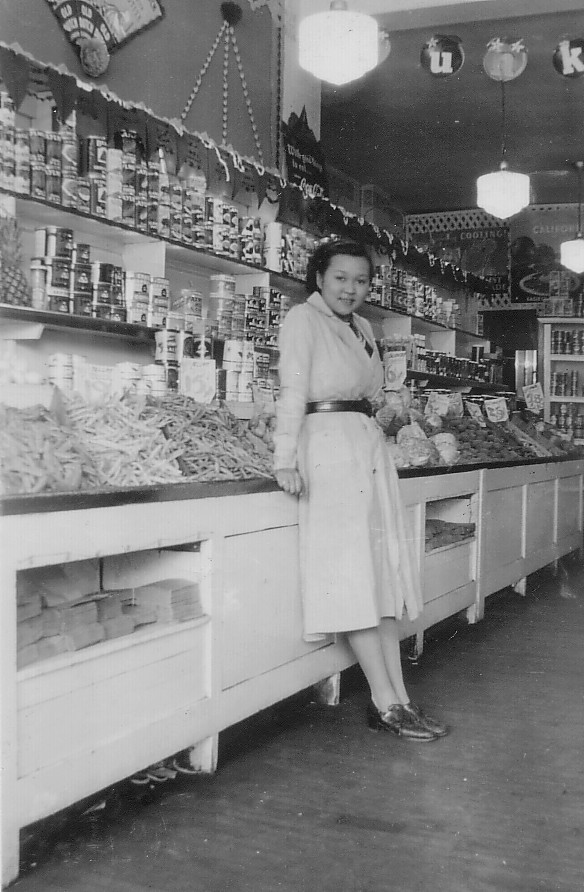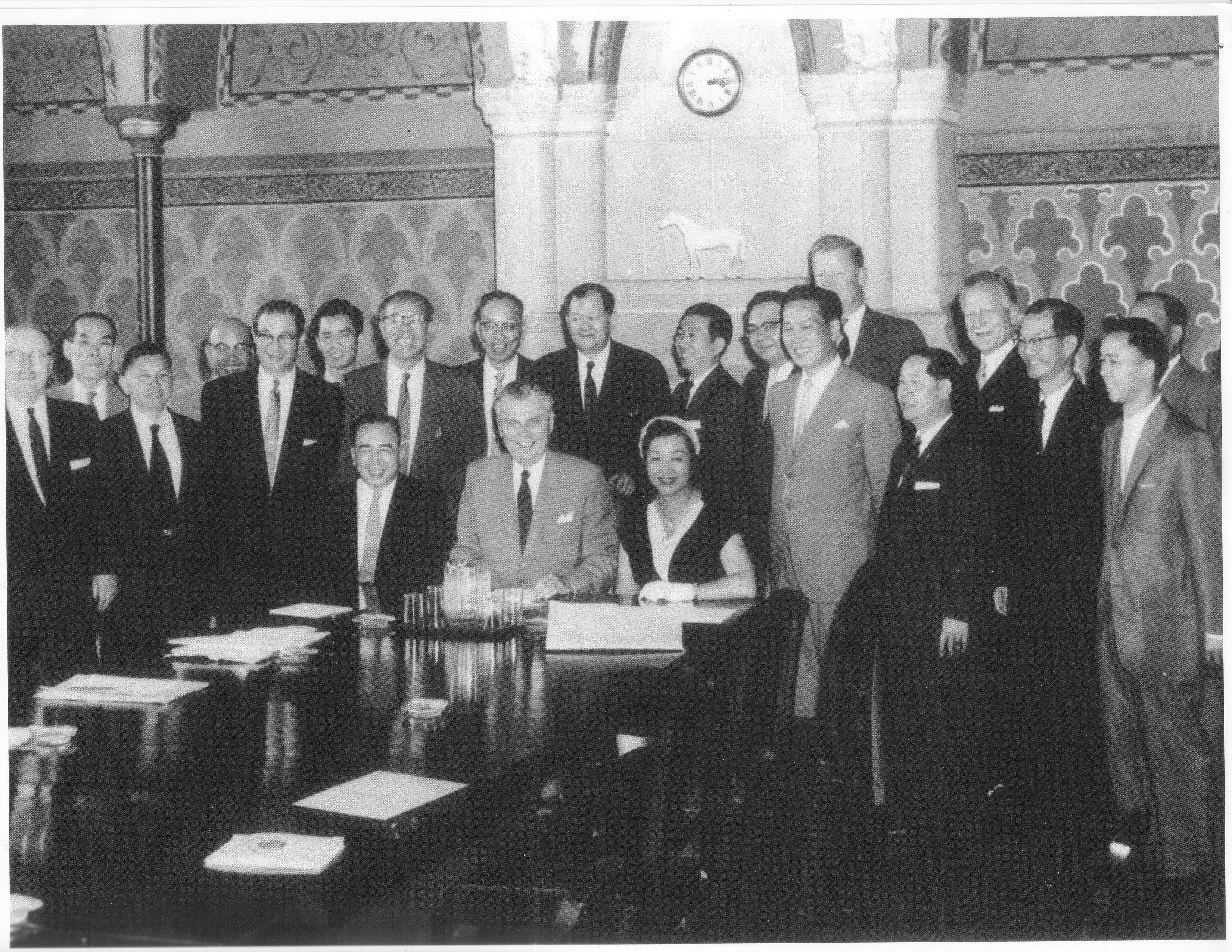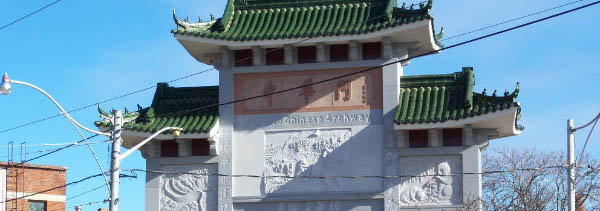
Early Life
Born Toy Jin Wong in Nanaimo, British Columbia, Lumb was the sixth of 12 children. Her father, Fun Gee Wong, arrived from China in 1899 to work as a farm labourer. A few years later, her mother, Hone Hung Mah, joined him in Canada.
Growing up in Nanaimo and later in Vancouver had its challenges. At the time, there were over 100 anti-Chinese laws and policies in British Columbia.
“As a child in Nanaimo, going to a segregated school, there were many times when I had a terrible feeling of guilt or shame that I was born Chinese. “Why are we being treated this way? Why can’t I do what other people do?” The most important thing at that time was being accepted into the circle. I didn’t want to be outside looking in. I wanted them to accept me into this circle. Chinatown was considered a “ghetto” in the small town. We were put in one place, and we didn’t come out of that place because that’s where we were supposed to stay.” — Jean Lumb
Though she was an enthusiastic student, Lumb had to quit school at age 12 to work and help support her family during the Great Depression. In 1935, a job opportunity with her married, older sister led Lumb to move to Sudbury, Ontario, when she was 16 years old.
In 1936, Lumb settled in Toronto and opened a fruit store at Bathurst Street and St. Clair Avenue. Her business became such a success that she brought her parents and siblings from Vancouver. With her mother’s advice and that of a matchmaker, she married Doyle Lumb in 1939. Because he was born in China, Jean lost her Canadian citizenship. At the time, a woman’s nationality status was defined by that of her husband. As a result, she lost her citizenship and took on Doyle’s status as “alien.” She and Doyle worked in their fruit store in the Junction neighbourhood and raised six children.

Immigration Reform and Family Reunification
When Lumb settled in Toronto, she was dismayed to find a bachelor society in Chinatown, filled mostly with men whose wives and children were still in China. Chinese women were scarce in numbers, and there were only a dozen or so families. This was heartbreaking for someone who came from a large, close-knit family and a defining moment that guided Lumb’s commitment for change.
Lumb gained a national profile by challenging immigration legislation that had affected her community and family. The Chinese head tax, collected from 1885 to 1923, was the first immigration legislation in Canadian history that discriminated on the basis of ethnic origin. This entry fee was in place to discourage Chinese immigrants. Lumb’s father, mother and husband had paid the head tax of $50, $100 and $500 respectively. The tax was increased twice and the expense made it almost impossible for entire families to remain together. It did not discourage immigration as intended. Consequently, the federal government enacted more extreme measures for outright exclusion — the Chinese Immigration Act, 1923, known as the Chinese Exclusion Act. For 24 years, the entry of virtually all Chinese immigrants into Canada was halted. Additionally, all Chinese residents, whether they were Canadian-born, like Lumb, or naturalized, were required to register for identification.

After this exclusionary legislation was repealed in 1947, optimism for the reunification of families was kindled. However, restrictions remained. Only Canadian citizens could apply to bring their spouses and unmarried children under the age of 18 to Canada.
Revisions to discriminatory immigration laws were needed, and Lumb believed strongly in family reunification. When a delegation of 40 Canadians and Chinese Canadians lobbied the government to lift the restrictions to family reunification, Member of Parliament Roland Michener advised Lumb to join. Lumb was the only woman in the delegation, which met with Prime Minister John Diefenbaker in 1957.
“It was a very successful meeting, even though we were all scared about speaking to the Prime Minister. The funniest thing was that when we got there, Foon Sien was seated next to Mr. Diefenbaker, but Mr. Diefenbaker insisted that I also sit next to him since I was the only woman delegate. Mr. Diefenbaker had one bad ear, the one next to [Foon Sien Wong]. So every time Foon Sien read from the brief, Mr. Diefenbaker would ask me what he said. Since I knew the brief inside out, I explained to him what had just been said.
“The questions from the floor were mostly directed to me because of the fact that I was a woman and the issue was family reunion.... I feel very lucky that I had the opportunity to be out front as an official spokesperson. Women have always had to be too much in the background.” — Jean Lumb
The immigration regulations were subsequently revised so that Chinese who were legal residents of Canada could sponsor their relatives’ arrival in Canada. By 1967, all immigration restrictions on the basis of race and national origin were removed.

Kwong Chow Chop Suey House
During this time, Lumb and her husband had opened the Kwong Chow Chop Suey House in Toronto’s Chinatown. The restaurant opened in 1959 and operated for 26 years. Popular with both Chinese and non-Chinese Canadians, it became a hub for politicians, journalists, celebrities, business and community leaders, all of whom contributed to changing and shaping opinions about the Chinese.
Food proved successful in introducing and sharing Chinese culture with other Canadians. In addition to welcoming guests to her restaurant, Lumb demonstrated Chinese cooking at venues like Eaton’s, Simpsons and the Royal Ontario Museum, spoke to groups, and appeared on television and radio shows. As an articulate Chinese Canadian woman, she helped to change stereotypes, not only for her community but for women. (See Chinese Food in Canada.)
Lumb also promoted Chinese culture through dance by establishing the Chinese Community Dancers of Ontario in 1959. The troupe performed lion and classical Chinese dances at festivals, celebrations and parades across the country. This included a command performance for Queen Elizabeth II at Canada’s Centennial celebrations in 1967 on Parliament Hill.
Save Chinatown Committee
Lumb’s commitment to the preservation and promotion of Chinese culture was most evident in her leadership of the Save Chinatown Committee. Two-thirds of Toronto’s original Chinatown was demolished for the construction of the new City Hall and Nathan Phillips Square. After the official opening in 1965, the city proposed further land expropriation. With Lumb as its chair, the Save Chinatown Committee fought back to preserve what was left of Chinatown. This was a place where the Chinese community could celebrate and share their heritage with Canadians. The Plan for the Preservation of Chinatown was adopted by the city in 1969.

Appointments
Lumb’s childhood longing for acceptance into Canadian life fueled her dedication to building bridges to the broader community. Her appointments included: member of the Ontario Advisory Council on Multiculturalism and Citizenship; founding director and honorary advisor of the Yee Hong Chinese Nursing Home of Greater Toronto; honorary advisor of the Chinese Cultural Centre of Greater Toronto; director of Mount Sinai Hospital; director of the Summer Centres for Seniors; honorary member of the Ontario Women’s Directorate; president of the Women’s Association of the Chinese United Dramatic Society; founding director of the Ontario Chinese Restaurant Association; president of the Lem Si Ho Tong Family Association Women’s Group; trustee of the Toronto Chinese Public School; and, founding director of the Chinese-language TV broadcaster Chinavision.
As a citizenship judge, Lumb administered the oath of citizenship to hundreds of new Canadians, especially meaningful for someone who had been stripped of her citizenship when she married.
Legacy
Lumb’s dedication to civic and community work leaves a legacy of social activism and cultural pride that benefits all Canadians. Her service is not forgotten. The Jean Lumb Foundation recognizes outstanding high school students of Chinese heritage from across Canada with annual awards. An Ontario Heritage Trust plaque is located near the site of Lumb’s former restaurant, Kwong Chow. In 2017, the Toronto District School Board announced that a new downtown school would be named Jean Lumb Public School.
In 2025, Museum of Toronto featured Lumb as part of their exhibition The 52 which honoured 52 women who shaped the city of Toronto.

Honours
Recognized as an unofficial spokesperson for her community, Lumb broke down barriers in a line of many firsts. She was the first Chinese Canadian woman on the boards of Women’s College Hospital, the University Settlement House, and the Rotary-Laughlen Centre. She received the Fran Deck Award for outstanding achievement in Toronto’s restaurant industry as the first Chinese restaurateur and first female recipient. One of her proudest moments occurred in 1976, when she was the first Chinese Canadian woman and first restaurateur inducted as a Member of the Order of Canada.
Awards
- Queen Elizabeth II Silver Jubilee Medal (1977)
- Governor General’s Award (1977)
- Ontario Chinese Restaurant Association Award (1984)
- City of Toronto Award of Merit (1984)
- YWCA Women of Change Honour Roll (1994)
- Elizabeth Fry Society, Rebel for a Cause Honoree (1997)
- Order of the Knights of Rizal (2000)
- Queen Elizabeth II Golden Jubilee Medal (2002)
- Lifetime Achievement Award, Association of Chinese Canadian Entrepreneurs (2007)

 Share on Facebook
Share on Facebook Share on X
Share on X Share by Email
Share by Email Share on Google Classroom
Share on Google Classroom





